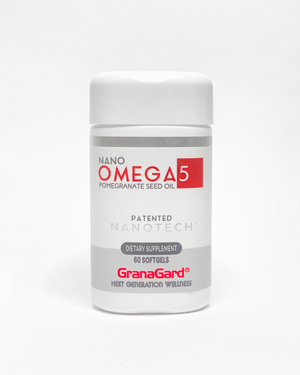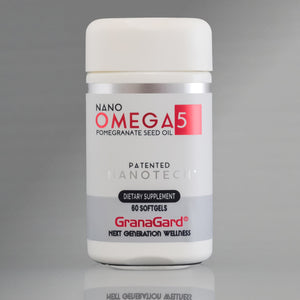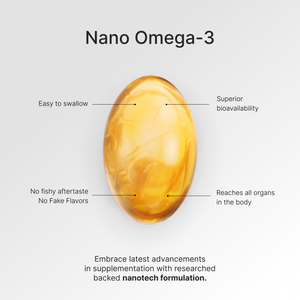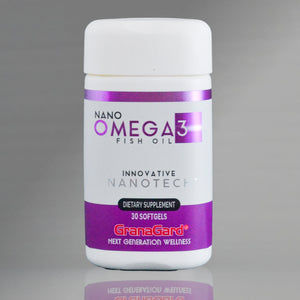The emergence of Nanotechnology is one of the greatest events humanity is experiencing. Just as electricity quickly integrated into all areas of our lives, nanotechnology is doing the same. The significant advancements in artificial intelligence, smartphones, energy generation, the creation of new materials, and even the possibility of becoming healthier are just some of the achievements of nanotechnology. Every day brings something new.
What is Nanotechnology

If we search the internet for the word "nanotechnology," we will find the following definition: Nanotechnology involves the study, design, creation, synthesis, manipulation, and application of materials through the control of matter at the nanoscale, and the exploitation of phenomena and properties of matter at the nanoscale. In this context, materials are understood as anything tangible and visible: from a piece of metal, a chemical compound, to our own body. As for the nanoscale... Let's divide a meter into a thousand equal parts to get a millimeter, which is one-thousandth of a meter, something very small; now divide that millimeter into a million equal parts, and you will have one-millionth of a millimeter, which is a nanometer. In relation to a meter, it would be one-billionth of it. A red blood cell, the blood cell responsible for carrying oxygen throughout the body, measures between 6,000 and 8,000 nanometers. That means: if we multiply a nanometer by a million to make it just a millimeter, and use that same conversion for the blood cell, the red blood cell would now have a diameter of 6 to 8 meters.
What happens to matter when processed with nanotechnology
The nanoscale is not just about size; when matter is at the nanoscale, its physicochemical and quantum properties change. For example, gold melts at 1064°C, but when it is in the form of nanoparticles, that temperature would be only 800°C. Another example is aluminum, a metal that is not attracted to magnets, but if that material, aluminum, is reduced to the nanoscale, it gains that property and can be attracted by magnets.
How changes in matter are explained with nanotechnology
Let's consider the importance of nanometric dimensions: imagine a nanoparticle, in this case, a copper nanosphere of just 5 nanometers, and apply the formulas for area and volume; according to the density, we calculate the number of copper atoms that make up the nanosphere; now, using the formula employed by scientists, we calculate how many of those copper atoms are on the surface of the sphere, which in this example would be 22.61%. If we do the same calculation with a copper sphere 20 cm in diameter, the percentage of surface atoms would be only 0.00000057%. In other words: the smaller the particle, the higher the percentage of surface atoms, and the higher the percentage, the more quantum properties and physicochemical changes appear.
What is the future of nanotechnology
These changes have allowed not only new properties to emerge in materials but also for many of them, such as strength, hardness, conductivity, and others, to increase and become more efficient. We are seeing and experiencing this. Nanotechnology is truly the industrial revolution of the 21st century, where only imagination is the limit. For example, something that not long ago would have been considered "crazy"... Can you imagine recharging your smartphone with a USB terminal coming out of your shirt? The secret would be that your shirt is made with nanofibers capable of converting sunlight into the energy needed to recharge your smartphone. That is now possible.
What benefits does nanotechnology bring to health
In the field of health, the potential of nanotechnology is so broad that it is encompassed in the term Nanomedicine, which is defined as the application of the principles and techniques of nanoscience in the medical field, currently covering five areas: diagnosis, imaging, therapy, regeneration, and vaccines. In practical terms, this means:- More efficient disease prevention.
- Earlier diagnoses.
- More effective treatments.





